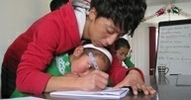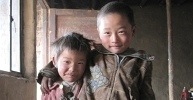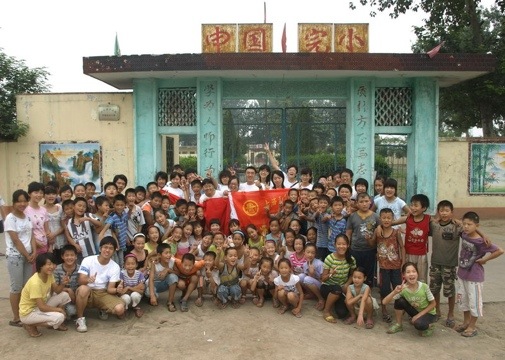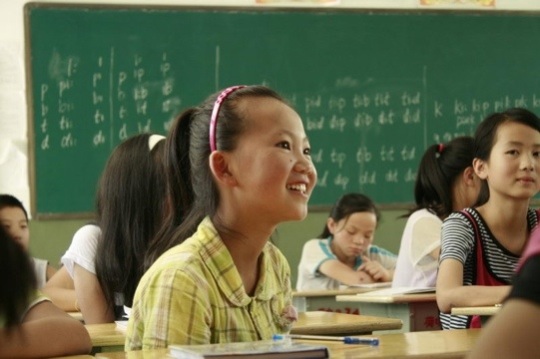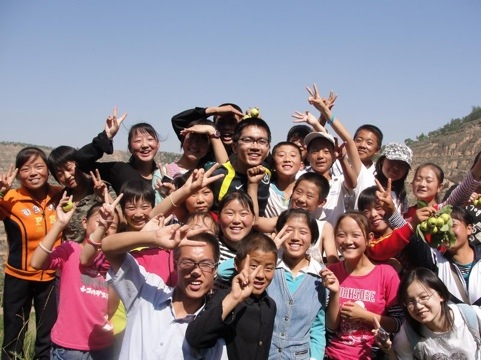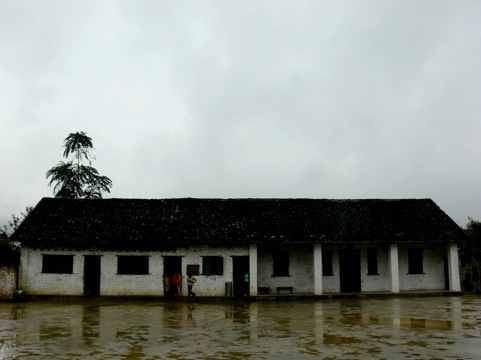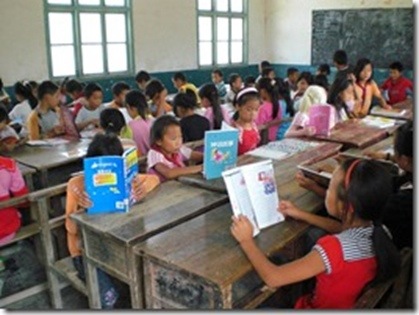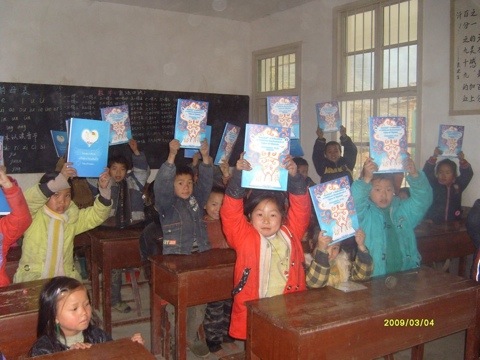Background on Yunnan
There is currently 9 years of free compulsory education in China until the age of 14. In 2009, the education chief of Yunnan announced plans to extend this period to 13 years by 2020. There are already schools in Yunnan which offer this pilot program (there are also schools in some other provinces such as Guangdong and Shandong). At present, 6 million students are enrolled in Yunnan’s 22, 000 primary and middle schools (Yunnan has a population of 46 million).

Yunnan is very multi-ethnic, with 51 ethnicities in its population. This presents as a barrier to the education system, particularly elementary education. Children are taught in Mandarin Chinese and language (and cultural) differences are quick to emerge. Enrolment for the early primary years are high amongst ethnic communities are initially high, but a high number dropout due to poor learning of Chinese (the medium of education). Another factor contributing to the dropout numbers would be Yunnan’s poverty (the average annual income for farmers is 2000 RMB/year); children are often viewed as more ‘useful’ when helping out with the family than at school.

However, in the past decade, international groups have introduced changes of a small to moderate magnitude to primary education in Yunnan. One such group is the East Asia Group (EAG) which implemented its ‘Zero Barrier Multilingual Education’ concept amongst select schools.
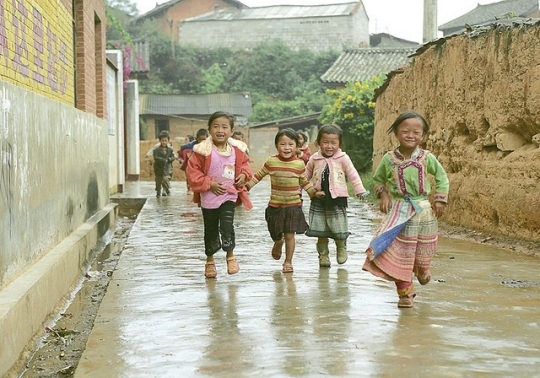
The concept aims to increase the educational achievement attained by ethnic minorities. Children from ethnic minorities are taught for two years in their mother tongue in pre-school before transitioning to being instructed in Chinese in Grade 1 (reading and writing; there is some speaking at pre-school level). Classes in their mother tongue are also continued; the teaching of the minority groups’ traditions and culture are also fostered. Children must be fluent in their mother tongue before being to proceed to instruction in Mandarin Chinese. These model education centres have been met with success so far, although it must be noted there is significant investment required; the style of teaching, teaching materials, educational environment, etc. are different to the typical Chinese classroom.

Larger scaled improvements to education have been in place at the adult education level for several decades. There have been numerous part-time schools established offering intensive courses, encouraging adults and those who live in more remote areas to receive a basic level of education. These enable those who work (~52% of the population) gain literacy without leaving their jobs. Despite these efforts, the illiteracy rate in Yunnan is still between an estimated 10-15%.


